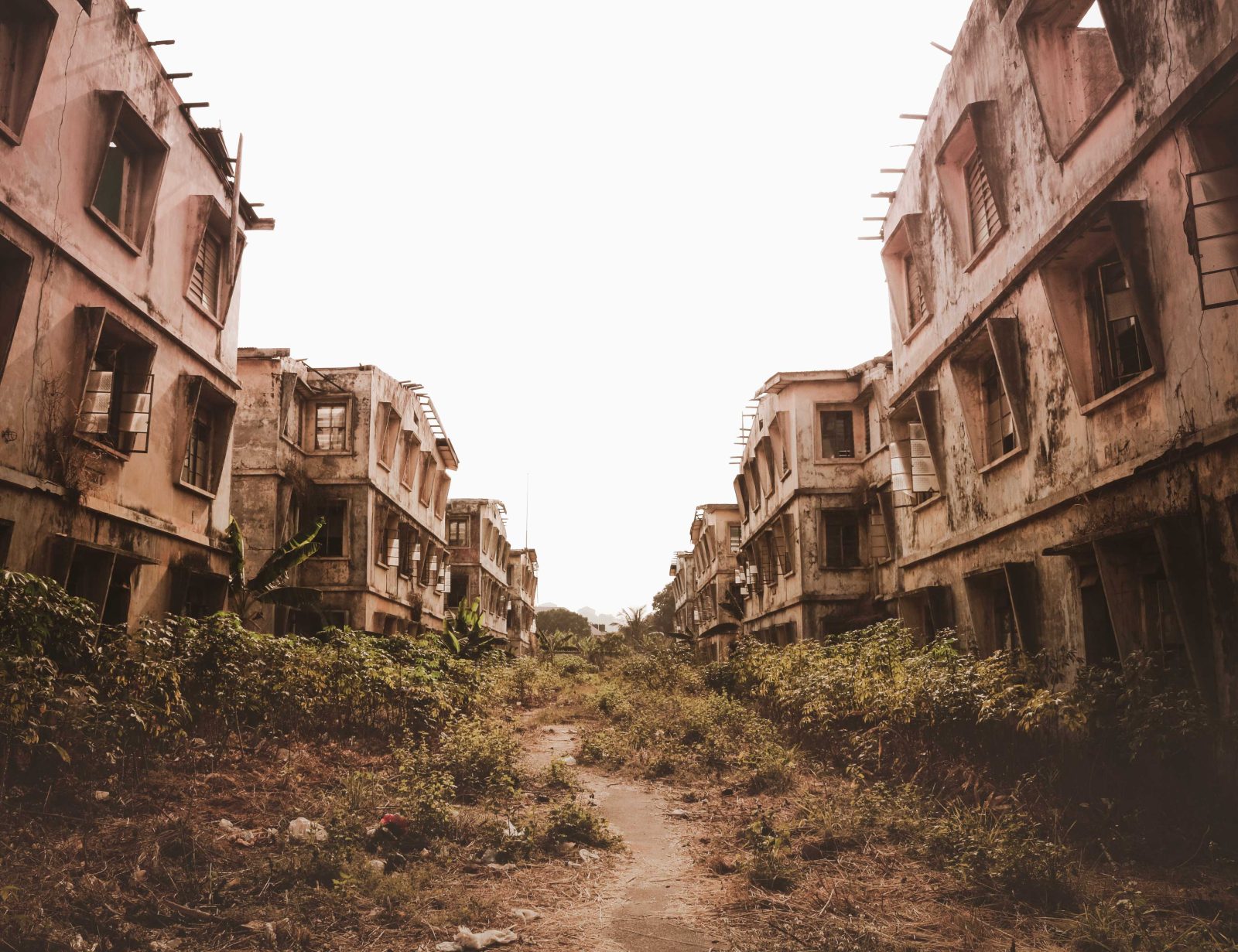One of the benefits of architectural preservation is not only to safeguard the timeless aesthetics of the structures that define a place, but also to maintain them as mnemonic sites of history.
By Chimezie Chika
It is befitting that the second edition of the Enugu Photo Festival, held between 11th and 22nd November 2025, is titled “From Ruins to Remembrance”, for at no time has it been more apparent that we live in a country where the preservation of historical and cultural structures is not only paid lip service, but is also frequently sacrificed at the altar of economic self-interest and other forms of elitist solipsism. Most recently, this can be seen in the Museum of West African Art and Oba of Benin debacle, where a non-issue (the new museum is clearly not claiming to house the repatriated Benin Bronzes) has escalated into a political stand-off.
Other instances across the country demonstrate an ingrained philistinic disdain for cultural and historical preservation, often initially veiled as genuine interest. One of the most painful episodes in recent years was the demolition of the Lagos High Court, Igbosere, in 2022—Nigeria’s first courthouse—which, at the time of its demolition, was reputed to be over 150 years old. Even more dispiriting is the fact that the building replacing it is not an exact replica, as is usually the case in similar situations elsewhere in the world.
In Enugu, where the Enugu Photo Festival is domiciled, the story is more or less the same. In fact, the venue for the Festival is the old secretariat building in Enugu, which was left to ruin when the state moved its government secretariat to a newly constructed complex on Mary Avenue, not far from the old one.
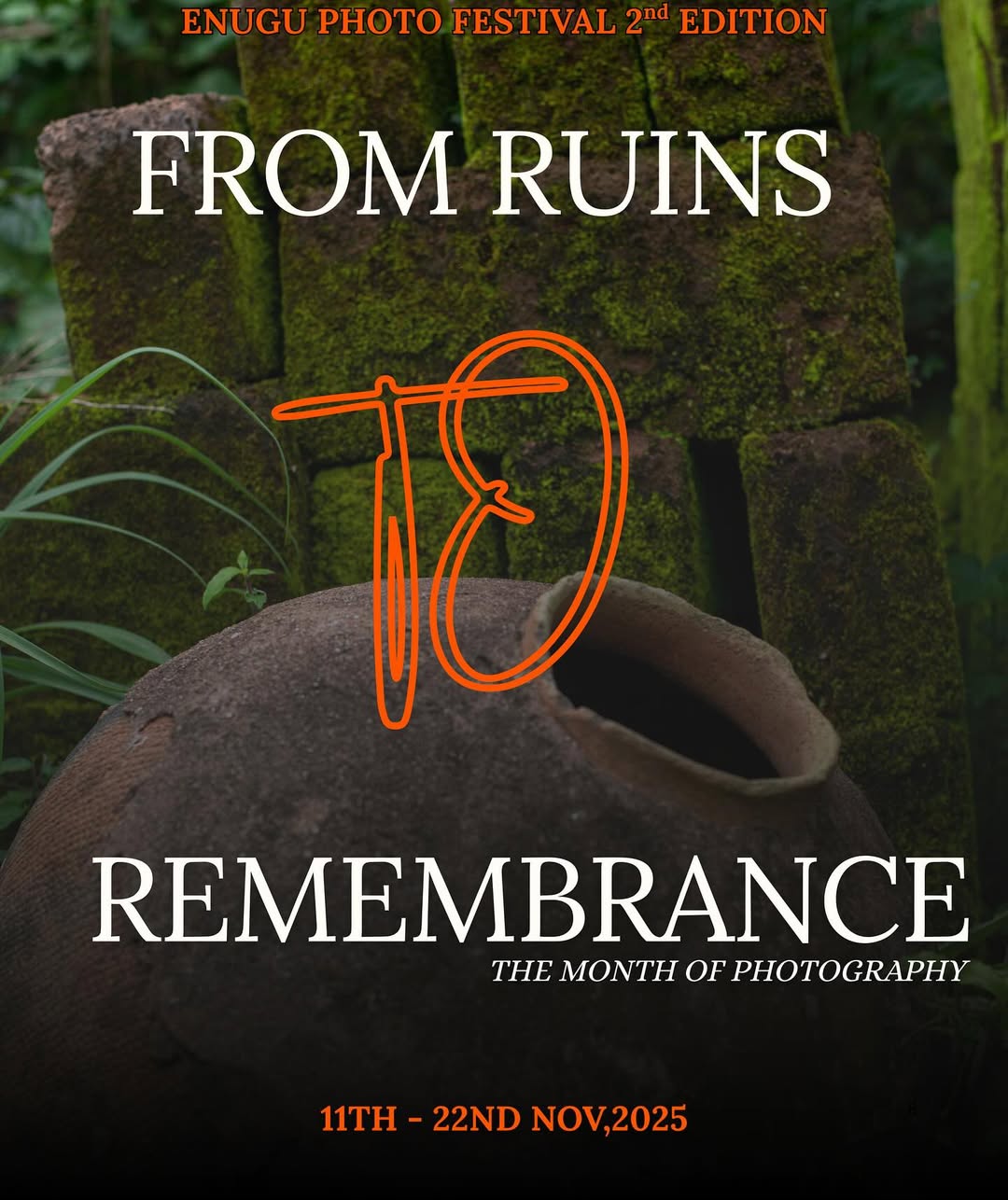
The old secretariat building, along with the equally abandoned PWD building close by, is the epitome of burnt-brick Georgian architecture, complete with small side pediments, concrete balconies, and encased parapets supporting the incline of its asbestos roof tiles. Instead of renovating these buildings with a view to preserving their originality, parts of the secretariat are already being demolished and replaced with faceless brutalist structures.
Inside, the building is dilapidated in several places, its historic framed staircase overrun by spiders and their thickly spun cobwebs. Along the halls, corridors, and offices, old documents, chairs, tables, and office equipment languish in reams of dust. Curator, Chidera Sam-Eze, explains that she wanted the building to serve as a physical metaphor for the theme of the exhibition: From Ruins to Remembrance.
The exhibition itself, situated in a section of the building, is structured around the history of Nigerian architecture and the physical and non-physical ruins created through years of mostly human-made actions. From old colonial photos of Mbari houses in Igboland to haphazard demolitions in modern Lagos, a straight line can be drawn between the loss of culture, capitalist self-interest, and a disdain for historical value. For instance, the cultural neglect of Akwete fabric manufacturing, a central feature of the exhibition, is directly linked to why imported Indonesian batik and Dutch wax have come to represent traditional wear in Igboland.
Some of the exhibiting artists present stunning displays of themed photographs that capture the country’s cultural and architectural neglect. The stories behind each reflect a wider need for a comprehensive conversation around cultural and historical value in Nigeria—a conversation which the Enugu Photo Festival has doubtless begun.
One of the exhibiting artists, Ayogu Wilfred, has a photo project titled “From Shelter to Silence” on display, which focuses on the iconic Zik’s Flats in Nsukka. Zik’s Flats was a massive housing project built in 1960 by the then first President of Nigeria, Dr Nnamdi Azikiwe.
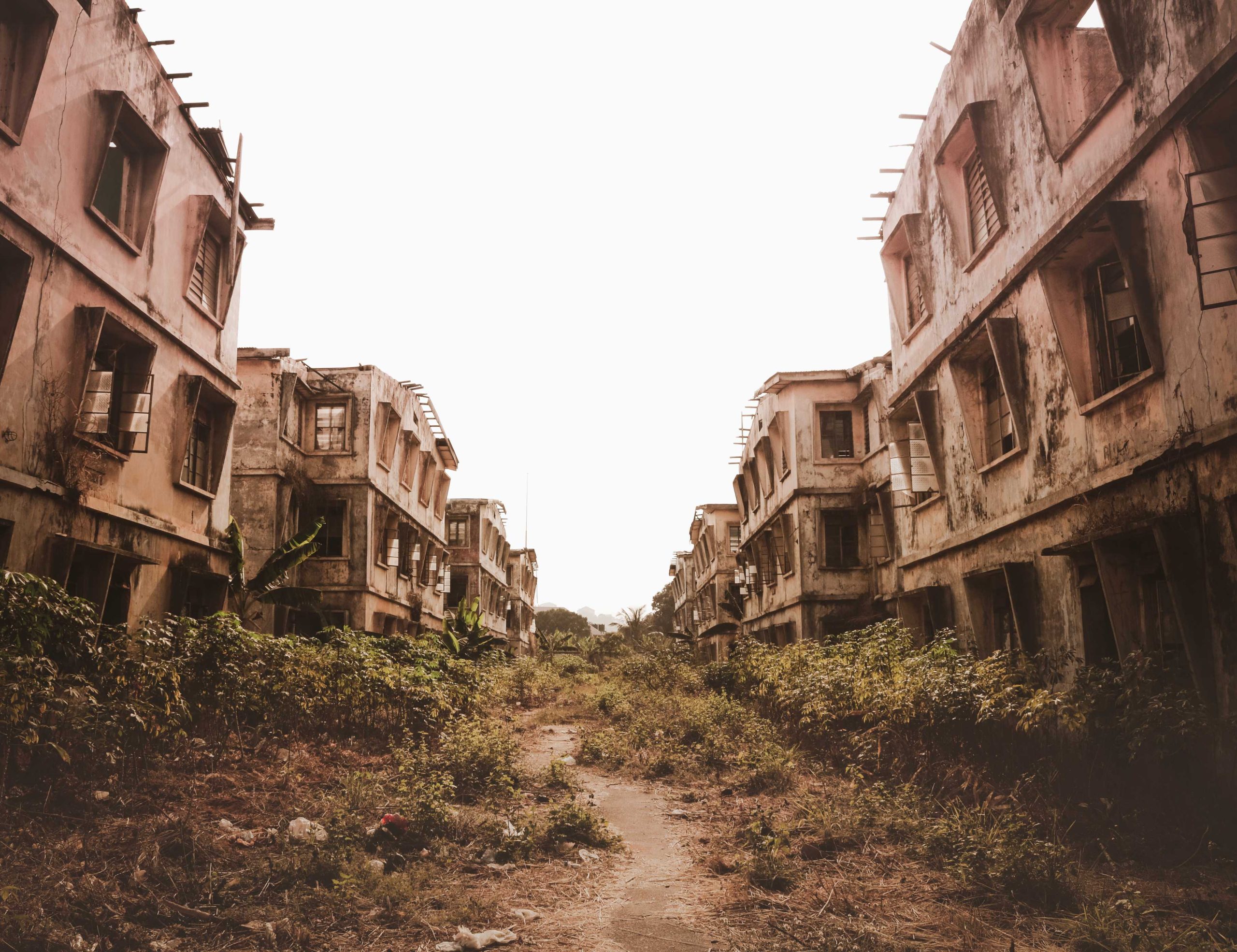
Comprised of about 32 buildings structured in the form of an estate, the mostly two-storey houses with carapaced windows are redolent of the architecture of that era. With the project, Zik aimed to provide standard housing for students of the burgeoning university at Nsukka; unfortunately, what we see in Ayogu’s striking photos of the ruins is that this has not been the case for many decades. The basic frames of the buildings are still standing, but the windows and roofs are long gone. Anthills, weeds, and all manner of decay have taken over, gradually pulling the entire estate back to nature.
This more-than-half-a-century-old historical project has been left to ruin largely due to a dispute over ownership between the university and the Azikiwe family. But this is only one cause of the decay of historical sites.
In the work of other exhibiting photographers, architectural ruins are shown to result from inordinate and unending—often unfinished and environmentally damaging—construction and reconstruction in urban areas (such as in Olajide Ayeni’s photos of Lagos), or from the passage of time and the emergence of new technologies (as in Ene Ochayi’s project “Echoes of Swange”).
Ochayi’s extraordinary work is about the iconic Swange Cinema in Makurdi, Benue, which at the height of its popularity in the 1970s could hold a thousand people. The dark, mellow hues of the photographs enhance the sense of the bygone, of lost time. In one photo taken outside the building, we get the impression of an abandoned factory; in another, taken inside, the seating area is shrouded in shadows, all the seats packed away.
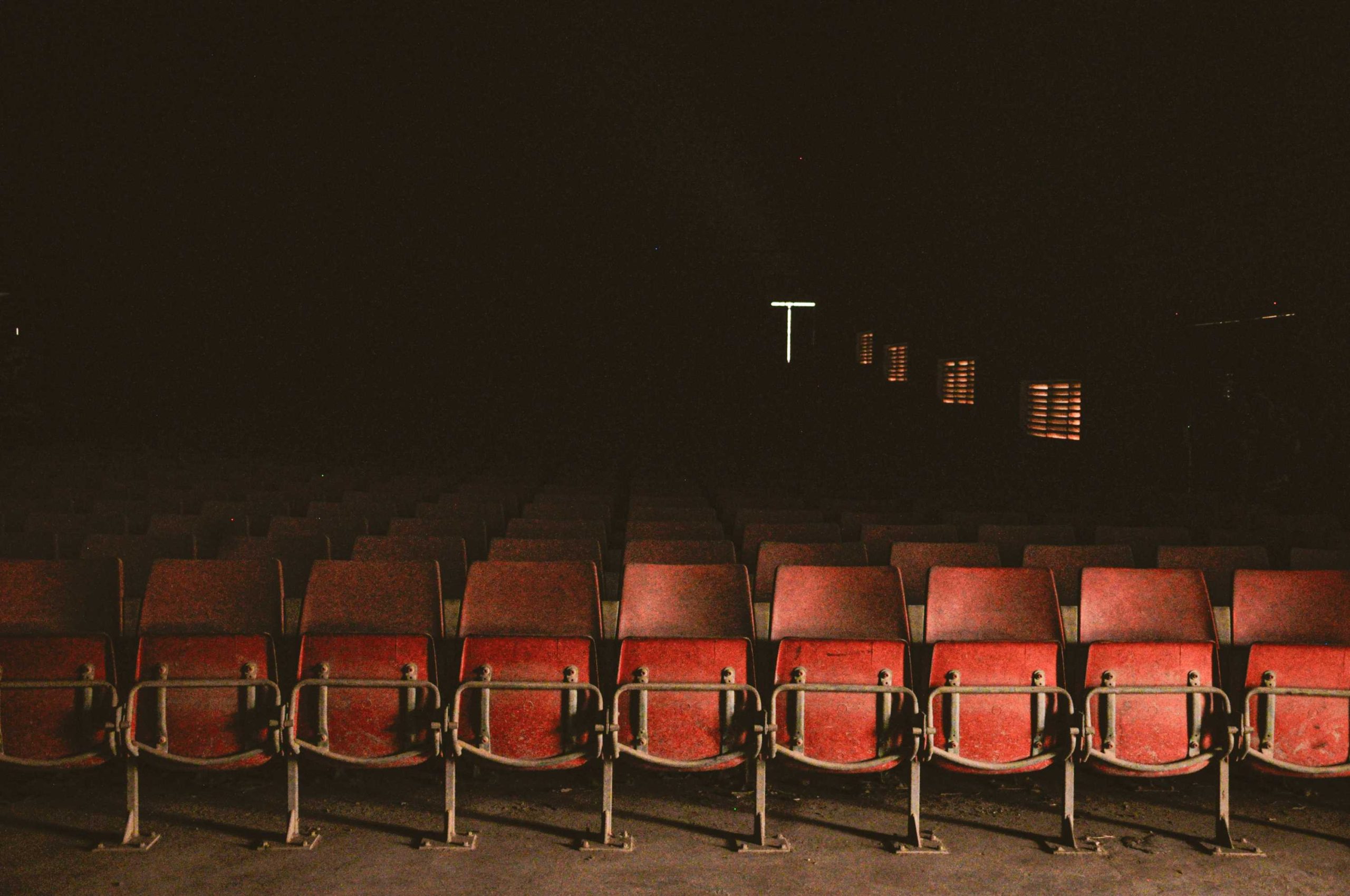
A remarkable photograph of the projector room shows the old analogue projector covered in rust and dust. The feeling here is not necessarily one of neglect but of nostalgia for a time that cannot return. In this sense, it appears that Ochayi is more panegyric than anything else—a celebratory remembrance.
The other four exhibiting photographers—Sofia Abubakar, Ismail Odetola, Mayowa Oyewale, and Muhammad Shehu—each have compelling projects centred on old colonial architecture, traditional mud houses in Western Nigeria, and traditional architecture in Northern Nigeria. The last of these, a project by Muhammad Shehu, displays remarkable photographs of centuries-old Arewa architecture, notable for its bold brown, red, and blue hues and carefully etched geometric lines (which contrast with the figurative lines of uli paintings in Igbo architecture).
The miscegenation of Islamic and traditional Hausa traditions is very apparent in how the architecture of the north has evolved. However, Shehu notes that faceless mono-colour modern structures are gradually taking over in many places, hence the importance of his project as a reminder of the beauty of traditional Arewa architectural style.
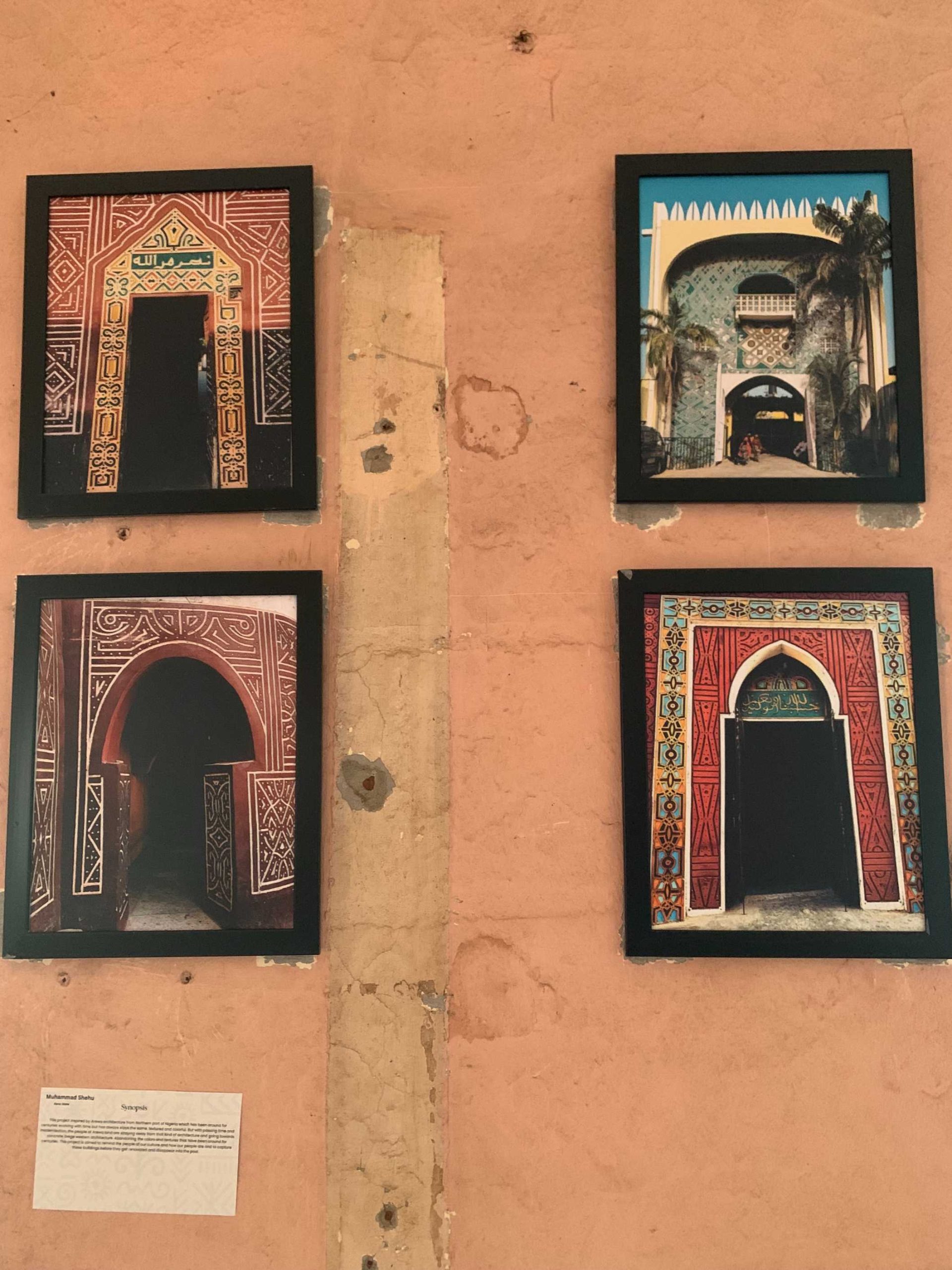
Another section of the From Ruins to Remembrance exhibition focuses on providing contrasting paradigms between old and new photographs of historical buildings and sites in Enugu. One example is the former Eastern House of Assembly, the seat of the legislature in the capital of the old Eastern Region, which is now being used as the Ministry of Housing. There are also photographs of streets near Ogbete Market that are no longer the same, and so on.
All through the Enugu Photo Festival—whether it is the major exhibition at the old secretariat or the drama event it held to commemorate the Enugu colliery massacre of 1949–the one theme encompassing everything is memory. How memory can be preserved in physical and mental terms. The overarching question at the heart of the Festival is: How do we remember our history and architectural structures, and how do we remember them right?
One of the benefits of architectural preservation is not only to safeguard the timeless aesthetics of the structures that define a place, but also to maintain them as mnemonic sites of history. We can look at them and remember where we came from or how far we have come; to correct old mistakes or continue what has been good. The real value of preserving sites of culture is to create living monuments to a people’s dreams and aspirations. History is not taught for any other reason than to tell a balanced story of a people and their culture.
The ruination of our architectural identity and its related cultural value erases sections of our existence and destroys avenues of remembrance, for there is no remembrance if there is no evidence of memory. The Igbo have a saying that a person who does not remember where the rain began to beat him would certainly not remember where he dried his body.
Chimezie Chika is a staff writer at Afrocritik. His short stories and essays have appeared in or forthcoming from, amongst other places, The Weganda Review, The Republic, The Iowa Review, Terrain.org, Isele Magazine, Lolwe, Fahmidan Journal, Efiko Magazine, Dappled Things, and Channel Magazine. He is the fiction editor of Ngiga Review. His interests range from culture, history, to art, literature, and the environment. You can find him on X @chimeziechika1


